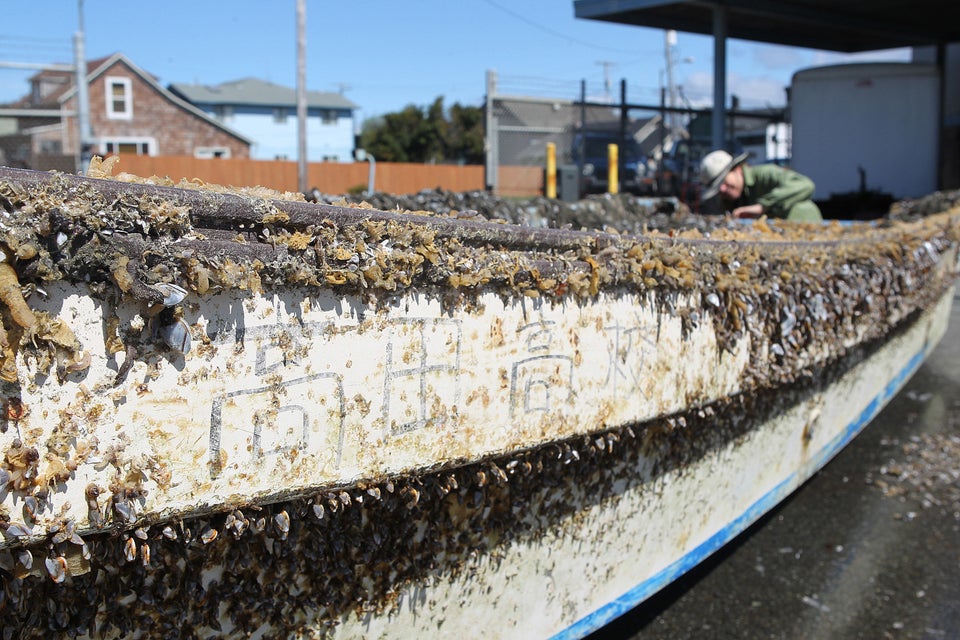In 1986, an explosion at the Chernobyl Nuclear Power Plant led to the single worst nuclear accident in history. For nearly three decades, humans have been barred from living within a 1,000 square mile zone surrounding the reactor, allowing plants and animals to reclaim their native home... but all may not be well.
A new report from The New York Times chronicles the work of Dr. Timothy Mousseau, a biologist at the University of South Carolina, and his research into the impacts of chronic radiation on Ukraine's native flora and fauna.
The scientist has been traveling within Chernobyl's Exclusion Zone -- what he calls "the perfect area for biological studies" in the video above -- since 1999, measuring population levels of various species, changes in tree growth and an increased frequency in tumors and physical abnormalities in everything from songbirds to beetles.
“This level of chronic exposure is above what most species will tolerate without showing some signs, either in terms of how long they live or in the number of tumors they have, or genetic mutations and cataracts,” Dr. Mousseau told the Times. “It’s a perfect laboratory setting for us.”
Chernobyl won't be fit for human habitation for at least another 20,000 years, but Mousseau's work has drawn him to a similar disaster zone in Fukushima, Japan, home to the crippled reactor that's captured headlines and spurred new concerns about nuclear power around the globe.
Take a look at the video above to learn more about Mousseau's research and the shocking changes he's seen in the "hot" areas surrounding Chernobyl.

